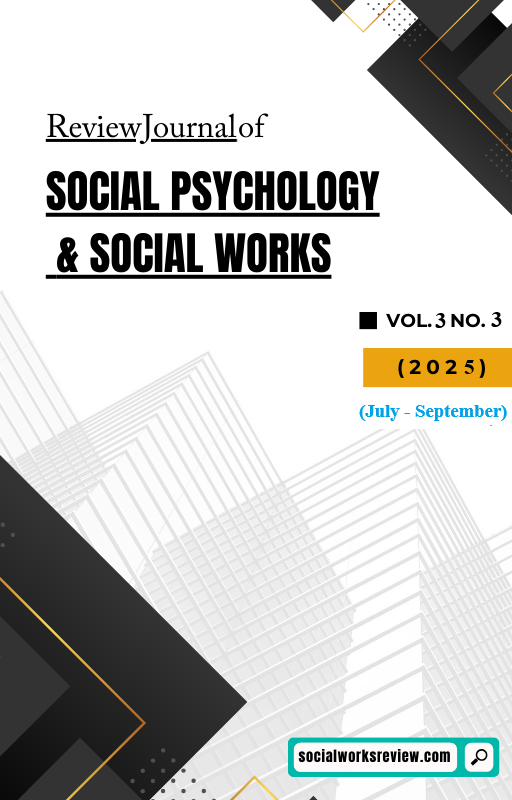Sports Science Approach to High-Intensity Interval Training (HIIT): Cardio metabolic Health Benefits in University Students
DOI:
https://doi.org/10.71145/rjsp.v3i3.318Abstract
High-Intensity Interval Training (HIIT) is a recent and effective training method which has caused great interest among exercise scientists for its capability of promoting remarkable cardiometabolic responses in reduced times. This training regimen, characterized by multiple short near maximal intervals interspersed with brief recovery periods of low work intensity, is particularly powerful when applied to university era students a group whose lives are typically overwhelmed with academic demands and time constraints. This article aims to examine the contribution of HIIT from a sports scientific viewpoint, specifically on cardio-metabolic health markers (cardiovascular fitness, body composition, insulin sensitivity and lipid profile) in university-aged populations. New developments in exercise physiology suggest that HIIT improves VO₂ max, a key performance marker, which is a very strong predictor of cardiovascular health and overall mortality. In an experiment by Astorino et al. (2012) also reported that, with university level students, who participated in an 8-week high intensity interval training program, VO₂ max were significantly higher than those who were in the moderate continuous training group, suggesting that HIIT was more effective in increasing aerobic capacity. Such a result has a special importance in the realm of sports science, where optimizing performance at a minimum of time spent is a key issue. Regarding body composition, HIIT led to significant decrements in body fat percentage, waist circumference and BMIin sedentary subjects. Martins et al. (2015) found HIIT to increase fat oxidation and resting metabolic rate after exercise more than that of the other types of training in students also known as EPOC. These adaptations are critical to reduce obesity-associated comorbidities and to optimize athletic performance, central themes to the field of exercise health sciences. Metabolic outcomes such as insulin sensitivity, blood pressure and lipid profiles have also indicated positive responses in response to HIIT modalities. In a meta-analysis by Jelleyman et al. (2015) found that HIIT led to a significant increase in fasting glucose and insulin action in non-obese, non-diabetic young individuals. These metabolic benefits are important for preventing the premature development of metabolic syndrome found in growing numbers of student cohorts, increasingly sedentary and with a distressed feeding behavior. In addition to that, the mental effects of HIIT and they are too often overlooked also play their part in the overall health benefits felt by students. Bartlett et al. (2011) observed that participants doing HIIT said they enjoyed it more and were more likely to pick up regular exercise than those doing traditional cardio. From a sports science perspective, these psychological reactions play a key role in the sustainability of behavior transformation and may drive the development of sustainable fitness interventions for adolescents. The sports science rationale further underpins the role of HIIT as a form of public health intervention, as well as a performance enhancing one. Incorporating HIIT into university sports and fitness programs serves two purposes for institutions: improving athletic conditioning and preventing cardio metabolic disease. It is a promising evidence-based, multi-faceted, interdisciplinary approach combining exercise physiology, public health and educational policy for the purpose of creating healthier campus communities.





